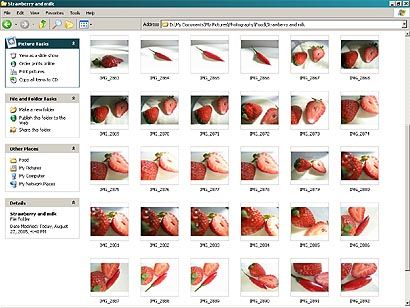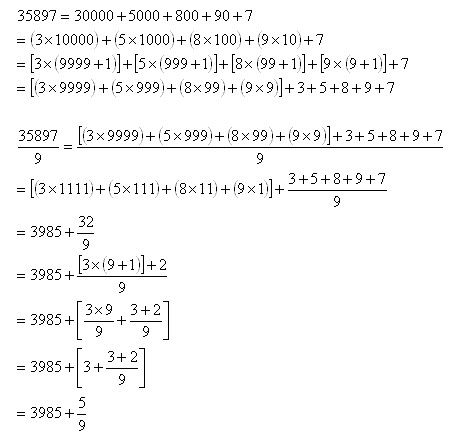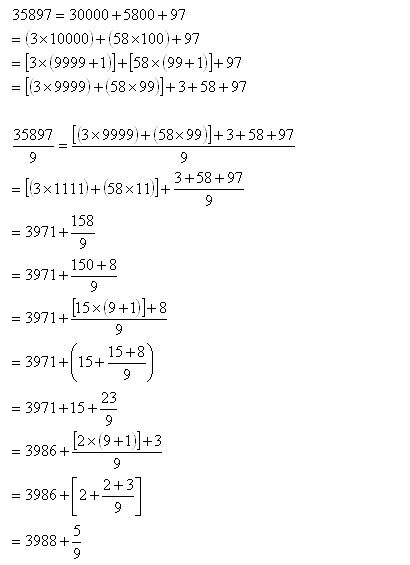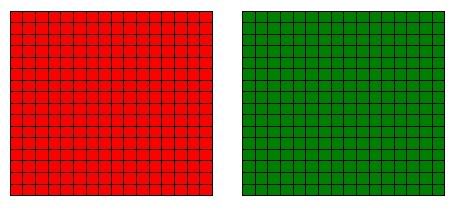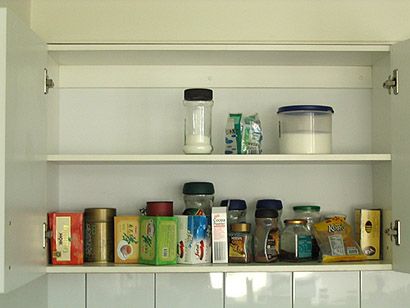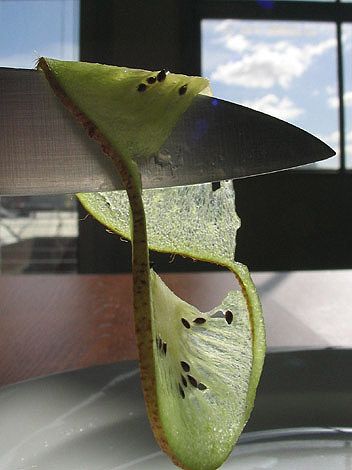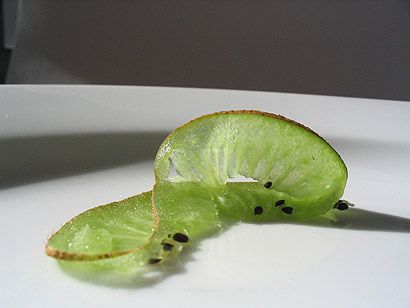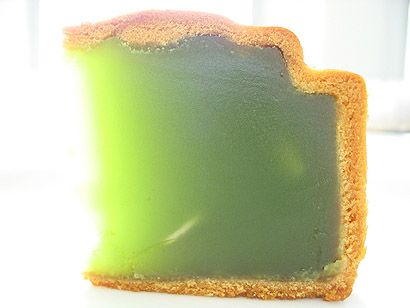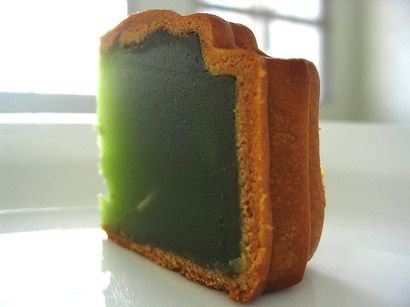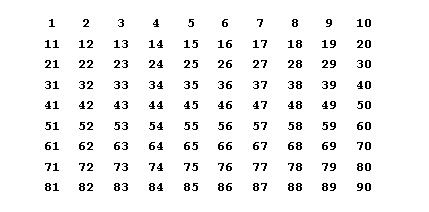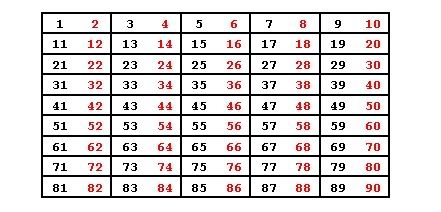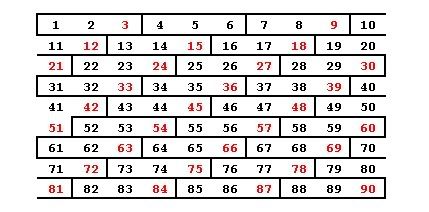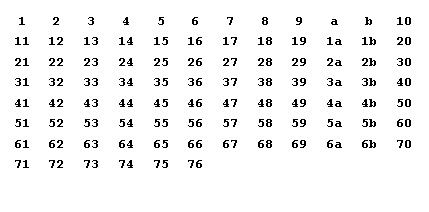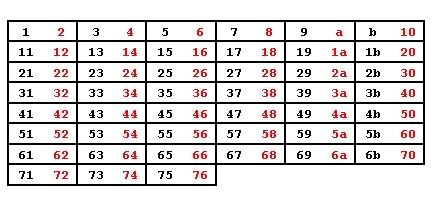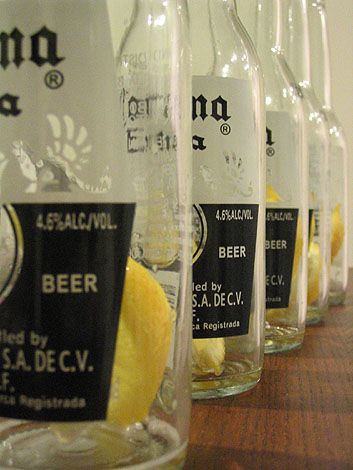Assumed knowledge: elementary manipulation of equations (lower secondary mathematics)
Difficulty: 3/5
Tedium: 3.5/5
Insight: 3/5Table of contents:AmendmentsAn infinite amount of moneyThe infinite geometric seriesInflation and the present value of future cashConnecting the two ideasWhich prize to choose?Cite this articleAppendix: geometric proof of S(2)=2Amendments__earth has pointed out a flaw in my economics:
actually, inflation and present/future value are two different but related idea.
What you've explained is present/future value of money. The rate is not inflation but instead, it's nominal interest rate.
In fact, in economics, when real rate is r and nominal rate's i with inflation's pi, the equation is approximately,
r = i - pi.
But then, you could assume real interest rate is zero and hence nominal insterest rate is equal to inflation.
JFE 8555 has highlighted an assumption that was not declared:
[I'll take] 25 bucks now, coz i may not see tomorrow.
The assumption is that $1 in your great-great-grandchild's wallet has the same value as the present value of that same dollar now, in your hand.
An infinite amount of moneySuppose you have been awarded a prize for being the tidiest person in your school/institute/company. For your prize, you can pick one of the following choices:
$25 now
$1 annually, indefinitely.
By now, alarm bells should be ringing in your head. Infinity?!
We’ll have try to make some sense of this mess.
The infinite geometric seriesConsider the following series:

Each subsequent term in
S(2) is half of the previous term. We can have
S(3), and that would give us a series that has each subsequent term as one third of the previous term.
To calculate
S(2), it would entail adding an infinite number of terms, and hope that it does not blow up in our faces. Observe:
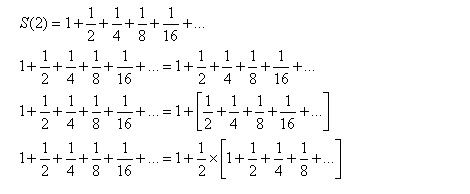
I’ve written that
S(2) is equal to
S(2), which makes perfect sense. Subsequently, I have separated the first term from the others by the use of a bracket.
I then multiplied each term in the bracket by 2, and divided them all by 2. Nothing has changed- its only multiplication by one.
This is the elegant bit: the infinite geometric is now expressed as 1 + half of itself.
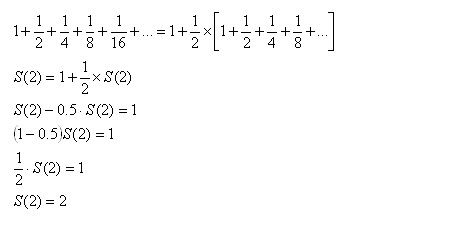
Repeating the same exercise for a general
S(x):
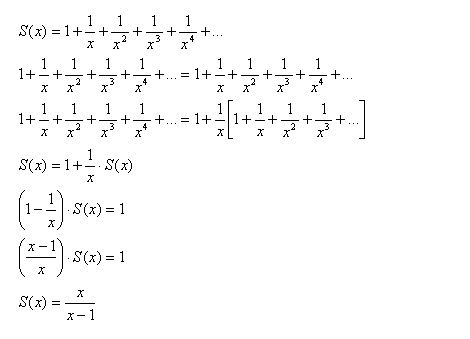 Inflation and the present value of future cash
Inflation and the present value of future cashIn the economy we are currently stuck in, there is a trend of increasing prices. Often, $1 will not buy you the same amount of goods $1 did back in ‘those days’. Suppose we are in a very messed up economy which sees an inflation rate of 100%- every year, prices increase by 100%. A bar of chocolate which costs $10 today will cost $20 next year. In other words, today, $10 will buy one bar of chocolate. Next year, $10 will only buy you half a bar. Another year later, the chocolate price will have doubled yet again to $40 a bar. $10 can only get you a quarter bar.
This brings us to the problem of concept of net present value. Suppose you know that you will obtain $10 in 2 years time. You would be able to buy a quarter bar of a chocolate.
Today, the same quarter bar of chocolate will cost you $2.5. Thus, the value of $10 in 2 years time is $2.5 now, for a case of 100% inflation.
With a more sedentary case of 5% inflation would mean prices go up by 5% per year. What used to cost $10 would cost $10.50 the next year, and $11.025 the subsequent year.
In 2 years time, when the price of a bar of chocolate is $11.025, $10 can only buy you 0.907 of a bar. Currently, 0.907 of a bar would cost 0.907 x $10 = $9.07. Thus, the value of $10 in 2 years time is $9.07 now, for a case of 5% inflation.
Connecting the two ideasHaving seen the infinite geometric series and the present value of future cash, we can connect the ideas to the concept of indefinite payments (as presented as an option in the prize).
Suppose you are in a horrible economy where the inflation rate is 100%. Every year, the price of goods double; every year, the value of money halves.
In other words, $1 next year is can only buy you as much as $0.50 now. $1 two years later is only equivalent to $0.25 now. $1 three years later is only $(1/8) now.
Now, we get paid $1 every year, indefinitely. Taking the net present value, we calculate how much each $1 in the future would be worth now. It turns out to be the infinite geometric series
S(2):

Note that because we are having an inflation of 100%, prices double every year. This doubling is reflected in the 2 found in
S(2).
In an economy with 5% inflation, every year, prices are 105% that of last year. In this case, the net present value of the indefinite $1 annually is
S(1.05).

In general, the net present value of an indefinite annual payment of $1 (starting this year), in an economy with inflation of i, can be expressed as
S(1+i).
Which prize to choose?The choice offered is either $25 now, or $1 annually.
Here, we make a drastic simplification: the economy’s inflation stays constant indefinitely.
At what inflation rate does the choice become irrelavent- the net present value of the payments ($1 annually) equal to the current payment ($25)?

When the inflation rate is at 4.1666%, there is no monetary gain by choosing one over the other. If the inflation is greater than 4.16667%, then it would make sense to choose the $25 now rather than $1 every year. Just to highlight the point, 100% inflation will give a net present value of only $2, definitely less than $25.
If, on the other hand, inflation is less than 4.16667%, it would make sense to choose the annual payments. For example, if there was no inflation, the present value of every $1 in the future stays at $1, and the indefinite sum would explode into an infinite amount of money.
The choice is thus dependent on the constant predicted inflation rate for the economy.
Cite this articleTan Yee Wei(2005), "The infinite geometric series and inflation", from "Snippets of This and That"
http://tanyeewei.blogspot.com/2005/08/infinite-geometric-series-and.htmlAppendix: geometric proof that S(2)=2Proof given by Lee Yuan HarngThis is a geometric proof of the following:

We first draw a square of size 1, as represented by the red square.
To add 1/2, we add the yellow rectangle, which is actually half a square.
To add 1/4, we add the grey square, which is actually a quarter of the red square, or half of the yellow rectangle.
To add 1/8, we add the green rectangle, which is half of the grey square.

This addition goes on indefinitely, and each subsequent shape is exactly half of the previous shape.
The first few terms in the infinite geometric series S(2) correspond to the red, yellow, grey, green, blue, fuchsia, black, silver elements.
All subsequent terms are small enough to be shoved into the white unfilled area at the top right corner. In earlier additions, each new term only occupied half of the existing unfilled area. When we only had the red square, the right side portion was unfilled. Adding the yellow rectangle only filled that space up by a half. The next addition, the grey square, only filled up the remaining space by a half, and so did the subsequent addition.
From another point of view, the unfilled space decays by a half for every new term added. At the limit, the space decays to an infinitesimal area of about zero. The filled space thus occupies 2 units.
MathematicsLabels: applied mathematics, mathematics, number theory










